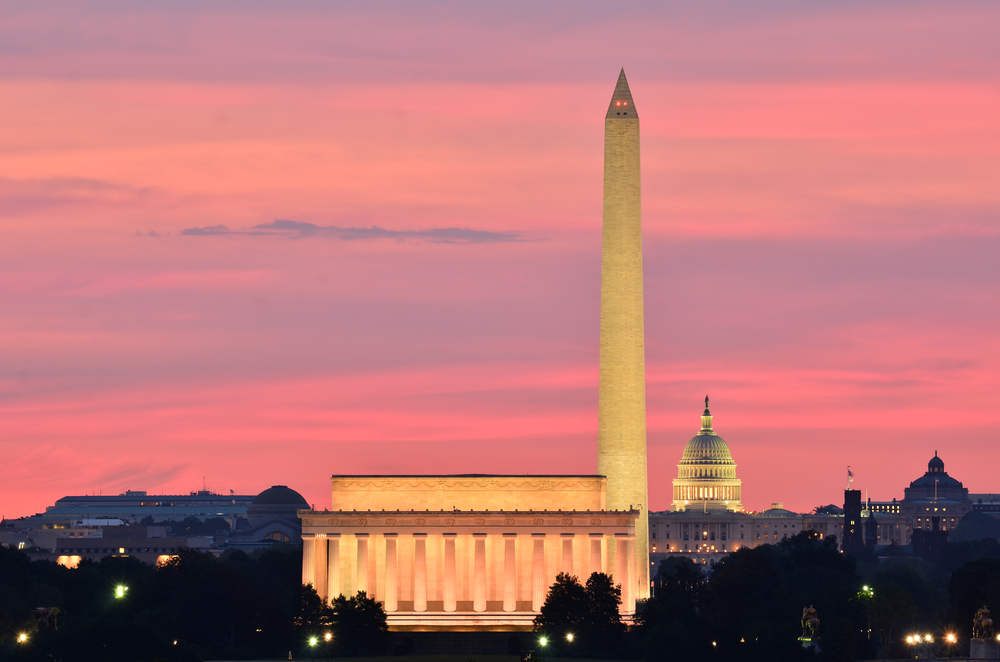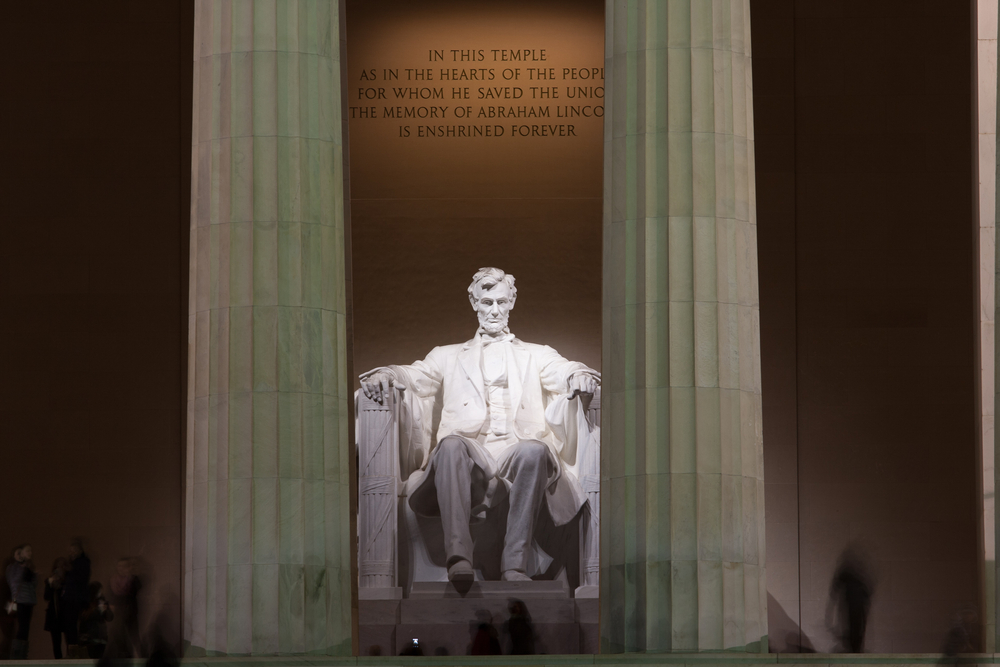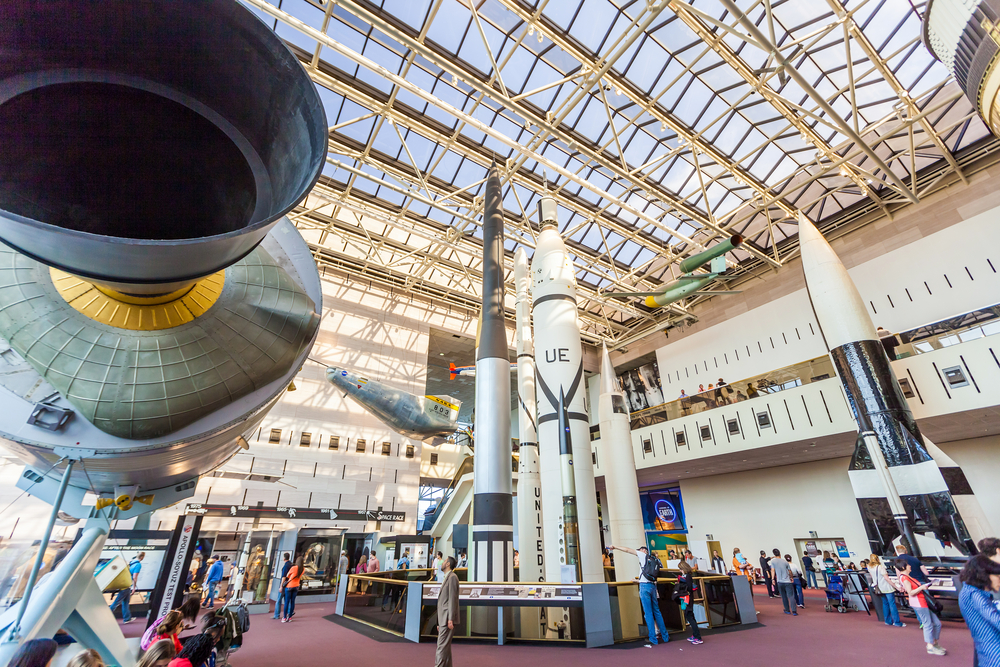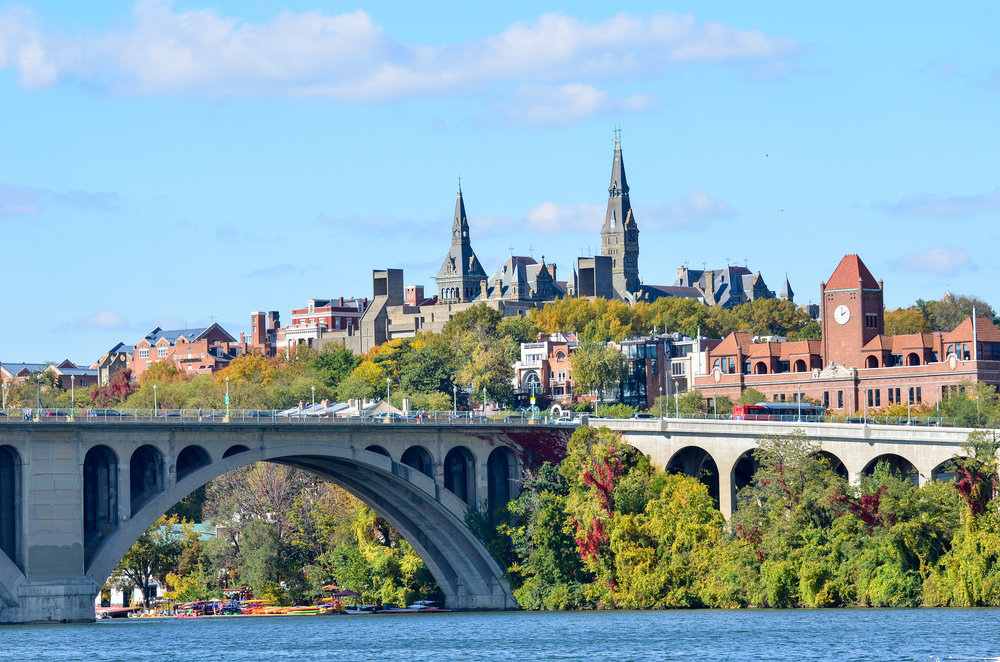 Orhan Cam
Orhan Cam
In an intensely grumpy, topsy-turvy election year in the United States, many politicians and citizens alike just love to inveigh against Washington and all it stands for. But as an urban experience, I can tell you as a former resident that DC can be a wonderful place to live. And certainly to visit - as many Americans do every year. And especially now, as they begin a long holiday weekend for their Independence Day on July Fourth, those who hit the road and make a week of it – especially families – choose to make it a classic patriotic getaway to cities like Philadelphia, Boston, and of course their national capital, packed with monuments but also cultural opportunities, historic sites, and increasingly great shopping, dining, and entertainment.
For this 68-square-mile (177-square-kilometer) city is a singular bit of business indeed. DC stands for District of Columbia, and it’s an intriguing mix of monumental and intimate, rich and poor, genteel and edgy – and with few if any true high-rise buildings (for highrises – and only modest ones –head south just across the Potomac River to northern Virginia suburbs such as Roslyn and Crystal City). It’s divided into quadrants with sometimes very different feels – from monuments and museums to gentrifying hipster neighborhoods to ungentrified pockets of urban blight to elegant quarters full of handsome townhouses and even full-blown mansions.
And throughout most of it – despite the fact that world-influencing political machinations play out in DC’s corridors of government nearly weekly, and quite a few locals are understandably connected in ways both direct and tangental to said government – Washington still manages to feel like a relatively laid-back city. And believe it or not, even surprisingly courteous – the last time I was back, for example, I found that taxis would stop at crosswalks to let me cross (unimaginable in, say, New York or my current city Miami).
Here’s a quick rundown of DC musts for the visitor (keeping in mind that there are dozens of more marvelous spots that could be added to the list – more than you could see in a week, for sure):
Washington DC Monuments/Government Buildings
Starting with the branches of the main hometown business, government, the White House at 1600 Pennsylvania Avenue, tours of are available for free (and recently they lifted a decades-long ban on picture-taking inside – you can now post a selfie to Facebook or Instagram from the West Wing, yay!). Now the catch here is that most visitors must solicit tours through the offices of members of the U.S. Congress, but if you’re a non-American you can try your embassy, and some congressional offices may also be willing to help (such as the congresswoman for DC itself, Eleanor Holmes Norton). You’ll also want to apply as far in advance as possible.
Speaking of Congress, the august Capitol building is a much easier nut to crack – free tours are given daily except Sunday (you must apply in advance, ideally online) of the art-lined halls and chambers; the underground visitor center is also a fascinating experience. The also neoclassical Supreme Court building may also be toured – including the actual courtroom when the court isn’t in session.
The Capitol is at the easternmost end of a long green rectangle called the National Mall. At its westernmost end, the Lincoln Memorial (above, 1922) is a hugely popular spot, with its nearly 19-foot-high (six-metre) seated statue of the country’s revered 16th president, as is the Washington Monument obelisk halfway along (take the elevator up for postcard views out over the most picturesque parts of the city). Also along the mall’s western half, dip southward just a bit to take in the Jefferson Memorial especially popular when the springtime cherry blossoms are blooming on the trees around the water basin out front. Other popular monuments include the Vietnam Veterans Memorial (added in 1982 inscribing the names of more than 58,000 service members killed in America’s controversial war of the 1960s/70s) and the most recent addition, the Martin Luther King, Jr. Memorial (the most recent, from 2011).
Top Washington DC Museums
The Mall is also home to some of DC’s key museums, many of them part of the 19-member Smithsonian Institution network and many of them free of charge. Its National Museum of American History is dubbed “America’s Basement”, with more than three million artifacts (“from gowns to locomotives”, and even pop-culture stuff like TV-show props) illustrating various aspects of this country’s more than two centuries of history. As much of a crowd-pleaser is the National Air and Space Museum (above), the country's second most visited museum, which beyond exhibitions displays jawdroppers such as the original Wright Brothers flyer from 1903 up to various capsules and craft from the NASA space program.
As a modern-art lover, a particular fave of mine out here is the Hirshorn Museum and Sculpture Garden, but there are myriad other art museums, too, such as the National Gallery of Art, the National Portrait Gallery, the Corcoran, the Phillips Collection, the Renwick Gallery, the Freer Gallery, the National Museum of African Art, the Art Museum of the Americas, among others (and not even counting the many private commercial galleries dotting the city).
I also highly recommend the award-winning United States Holocaust Memorial Museum – though admittedly I always find it a somewhat harrowing experience. Another marvelously curated mix of inspiration and tears is the Smithsonian’s Museum of the American Indian (2004), dedicated to this land’s much stolen-from and otherwise abused “first nations” (as the Canadians most accurately call them). Finally, I also get a kick out of the International Spy Museum, a mix of fact (artifacts, exhibitions, and very cool interactive experiences such as "Spy For a Day", all covering espionage back to biblical times) and fiction (James Bond's Aston Martin, games based on Get Smart and Mission Impossible).
Other Washington DC Sightseeing Highlights
North of the Mall, up Connecticut Avenue (and easily reachable via DC’s excellent underground Metro), the National Zoo is a family blockbuster, with a world-spanning collection of fauna (including, famously, giant pandas on loan from China). And practically across the street, the National Cathedral is a rather spectacular neo-Gothic, Episcopal bit of business started in the 1907 and mostly but not quite finished (à la Barcelona's Sagrada Família).
Cool Washington DC Neighbourhoods
Head to the District’s northwest quadrant to genteel Georgetown, with leafy streets (some still cobblestone) and highlights such as Georgetown University ("Hoya Saxa!" - my alma mater!); the steps made famous by the '70s horror classic The Exorcist; and Dumbarton Oaks, a historic estate with a lovely garden and elegant mansion now a museum of Byzantine and pre-Columbian art, as well as European artworks and furnishings. Its commercial main drags Wisconsin Avenue and M Street, meanwhile, are hotspots for Washington DC dining, shopping, and nightlife.
Other prime spots for restaurants, shops, and pubs/clubs include the the area around Dupont Circle, a six-block stroll north of the National Mall, as well as nearby P Street. And for a slightly hipper/edgier feel, continue another several blocks north to the Adams Morgan and U Street districts (I especially love the ethnic restaurants up here, including exotic options like Ethiopian, Nepalese, and Afghan).
Whew...and yet, there's even plenty more where all that came from, believe it or not, and you can get more information on that plus further details on the above at Washington.org.
photos | Kevin Grant, f11photo, davegkugler



Comments